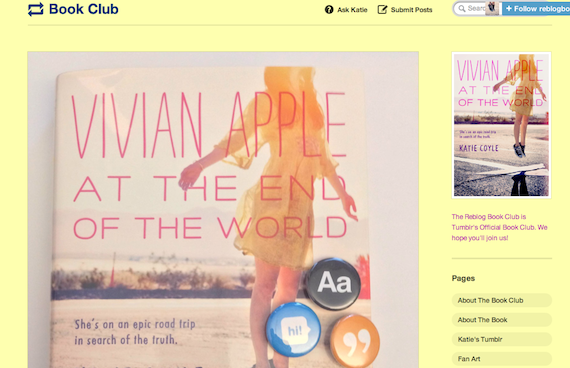It’s a story likely to make some readers queasy. Several British libraries have begun working with a direct marketing firm to stuff inserts into books at check out. “They’re going to be inserted right next to the panel with the return date on it, which means that everyone will look at them at least once,” said Mark Jackson of direct marketing company Jackson Howse. However, Guy Daines, the director of policy at the Chartered Institute of Library and Information Professionals, however, is concerned about the “creeping commercialisation of library services.” I’ll second that.
Ad Supported Content Hits the Library

Do Humans Dream of Poetry Machines?
A few hundred lines of software I’d written in Java and had called SEER were not impressive for any technical elegance or for a truly artificial intelligence. But my program had written a coherent English sentence relevant to my chosen subject, which happened to be snakebite, and had done so with an oracular grace that I found uncanny.
●
●
●

A Thousand Hands Will Grasp You with Warm Desire: On the Persistence of Physical Books
A book we crack with our two hands creates an actual physical space for reverie that functions as an oasis outside daily life, a cocoon in space and time.
●
●
●

Only Connect: Social (Media) Anxiety
Twitter and Facebook are great for quick blasts of dopamine or adrenaline, but not for creating sustained waves of happiness or fear or maintaining the kind of cumulative tension upon which good stories rely.
●
●
●

A Future for Books Online: Tumblr’s Reblog Book Club
It’s the kind of community that forces me to talk sappily about the power of the web, how people thousands of miles apart can find each other and build friendships based on a single book.
●
●
●

The London Book Fair: Many Tote Bags but Few Industry Solutions
This old, sad debate talks about print and digital books as if they weren’t two sides of the same coin. Worry about book sales dropping more broadly, and start to think about the real ways that digital can reshape books.
●
●
●

Appetite for Risk: At the Intersection of Video Games and Literature
The literary world and the video games world could greatly benefit each other. Even a conversation, let alone the beginning of real collaborations and dialogues, would help each contend with their respective shortcomings.
●
●
●
